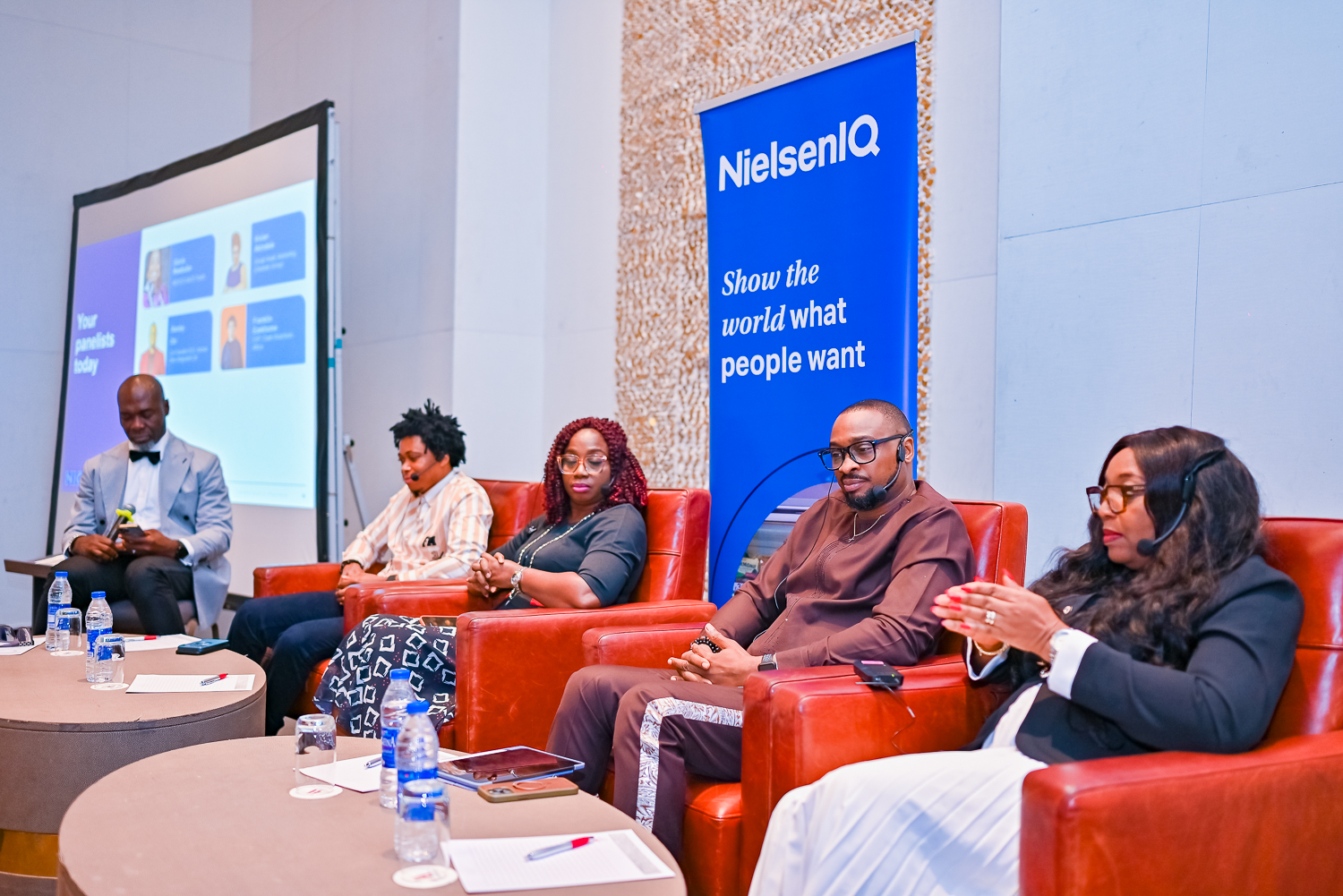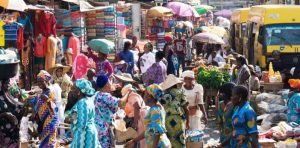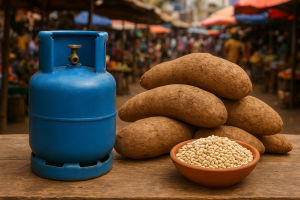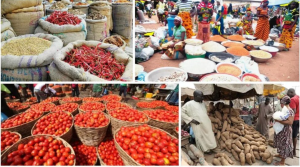According to a NielsenIQ report, Nigeria has become Africa’s fastest-growing fast-moving consumer goods (FMCG) market, with a projected value growth of 54.1% by 2025, up from 34.3% the previous year.
According to the global data and analytics company, the FMCG sector is experiencing a broad-based recovery across Africa, despite inflationary pressures and currency instability.
The five largest FMCG markets – South Africa, Nigeria, Egypt, Morocco, and Kenya – account for an estimated $42 billion in the total value of FMCG across Africa.
South Africa’s FMCG market is estimated to be worth approximately $27.5 billion in 2025, representing a growth rate of 7.7%. Nigeria follows closely behind, with an estimated $25 billion FMCG market and a growth rate of 54.1%, making it the fastest-growing country on the continent.
Egypt’s market is valued at approximately $10.2 billion, growing at 23.1%, while Morocco and Kenya’s markets are projected to reach $7.5 billion (7.6%) and $3.3 billion (5.5%), respectively.
Despite facing economic headwinds and declining sales in 2024, Nigeria’s FMCG market is poised for a strong recovery in 2025. Transactions and sales declined by 3.1% and 10.7% respectively last year, but have rebounded, with growth of 4.8% and 5.4%, respectively.
“Nigerian consumers remain resilient, with price controls driving strong consumption and value growth,” the report notes.
This recovery reflects consumers’ continued adjustment to inflationary conditions, with consumers continuing to spend even with lower purchasing power.
Top 10 FMCG categories
According to the report, these top 10 FMCG categories together account for 64% of total FMCG sales in Nigeria.
- Beer
- Soft drinks
- Spirits
- Malt soft drinks
- Energy drinks
- Mineral water
- Detergent
- Milk powder
- Pasta
- Biscuits
Top 10 fastest growing FMCG categories by 2025
- Contraceptive pills – 95.6%
- Flavoured milk – 84.4%
- Biscuits – 72.2%
- Mainstream spirits – 71.1%
- Energy drinks – 68.5%
- Drinking yoghurt – 65.2%
- Soft drinks – 62.9%
- Coffee – 59.8%
- Beer – 59.3%
- Powdered beverages – 58.7%
Consumer spending in Nigeria
What are Nigerians spending less on?
According to the report, consumer spending on essentials has continued to increase due to changes in budget policies. However, consumers intend to cut back on non-essential items; this percentage is expected to decline by 2026.
Between 2024 and 2025, spending on clothing and fashion will decline the most, with the number of people reducing spending falling from 45% in 2024 to 33%. People are holding onto old clothes longer and shopping less frequently.
Home improvements are also on hold. Spending on home renovations and renovations is down from 42% to 30%, as families may prioritize repairs and essentials over style.
Restaurant dining spending is also down: from 45% to 40%, and takeout spending is down from 39% to 33%. To save money, more families are now cooking at home. Even snacks and sweets are declining, with their share falling from 42% to 31%. Nigerians are becoming more cautious about small impulse purchases, as every naira counts.
Where are Nigerians spending more?
While lifestyle spending is declining, the cost of essentials continues to rise between 2024 and 2025. Education topped the list, with 72% of Nigerians reporting increased spending in 2025, up from 69% in 2024. School Tuition fees, textbooks, and related expenses are all rising, but parents are determined to keep their children in school. Even in difficult economic times, education remains a non-negotiable investment.
Transportation costs increased from 63% to 66%, reflecting rising fuel prices and public transportation fares. Utilities followed the same trend, rising from 58% to 62%, accompanied by an increase in electricity costs.
The cost of food and household supplies remained high, with 56-57% of consumers reporting increased spending due to rising prices for staples like rice and beans. Childcare spending also saw a slight increase, from 54% in 2024 to 56% in 2025.
Some areas of spending remained largely unchanged between 2024 and 2025. Fresh produce remained stable at 32-33%, while spending on household items such as soap and cleaning products increased from 30% to 39%. Beverage spending increased from 30% to 37%, while telecommunications spending decreased slightly from 31% to 24%.
2027 Growth Forecast
- According to the report, under a conservative growth scenario, the industry is expected to grow from 12.46 trillion naira in 2025 to 18.13 trillion naira in 2027. Under a more aggressive scenario, FMCG sales could reach 23.13 trillion naira by 2027.
- The report shows steady growth over the forecast period, with the strongest growth expected between 2026 and 2027, with a conservative estimate of 15.08 trillion naira to 18.13 trillion naira, while an aggressive forecast sees a jump from 17.08 trillion naira to 23.13 trillion naira.






Be First to Comment